Latest

Black hole images deliver a deathblow to alternative theory of gravity
Images of the supermassive black holes wouldn’t have been possible if mimetic gravity was the right recipe for gravity.

Constantly touching our faces linked to memory and facial hair density
People all over the world touch their faces up to 800 times per day—researchers wanted to know why.
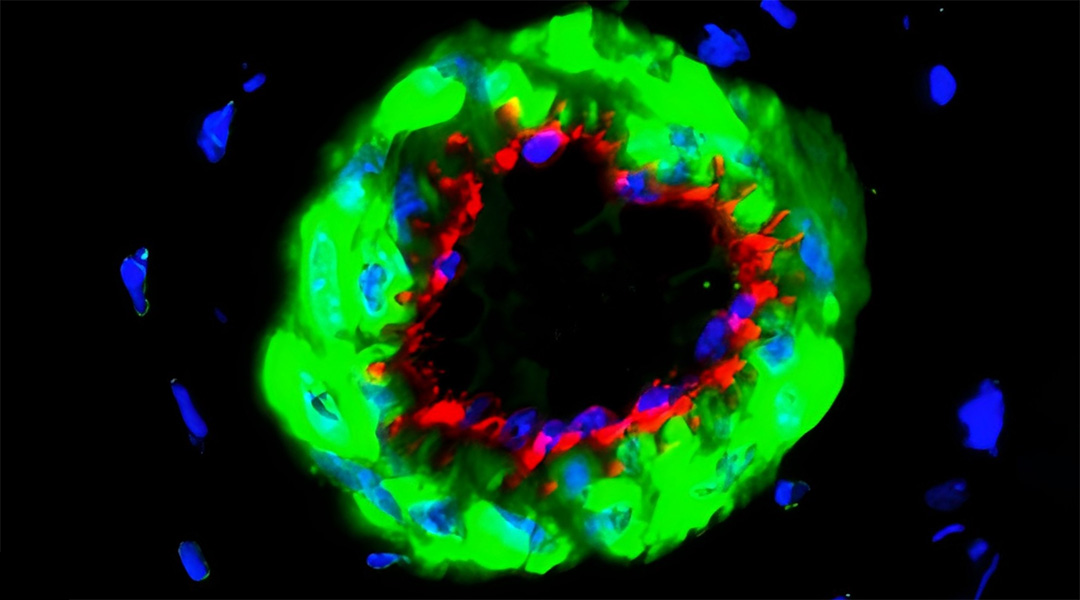
Tiny vesicles could help prevent amputations in diabetic patients
This safer, non-surgical treatment for diabetic limb ischemia could help patients with severe blood flow complications.
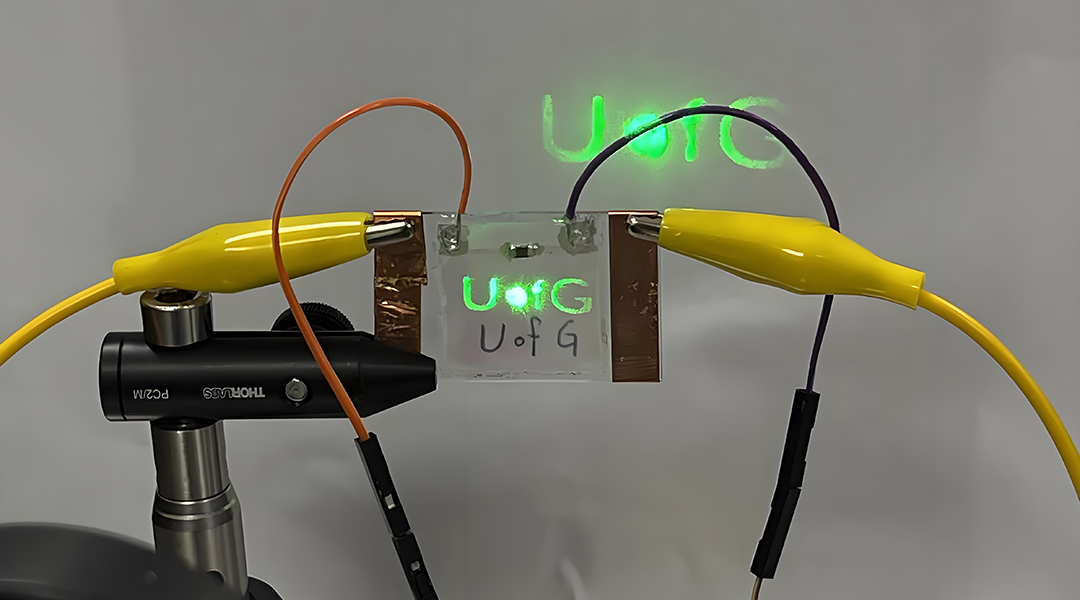
Liquid crystals bring a smoother switch between augmented and virtual reality
Temperature-sensitive materials seamlessly switch between VR and AR in headsets, paving the way for better extended reality experiences.
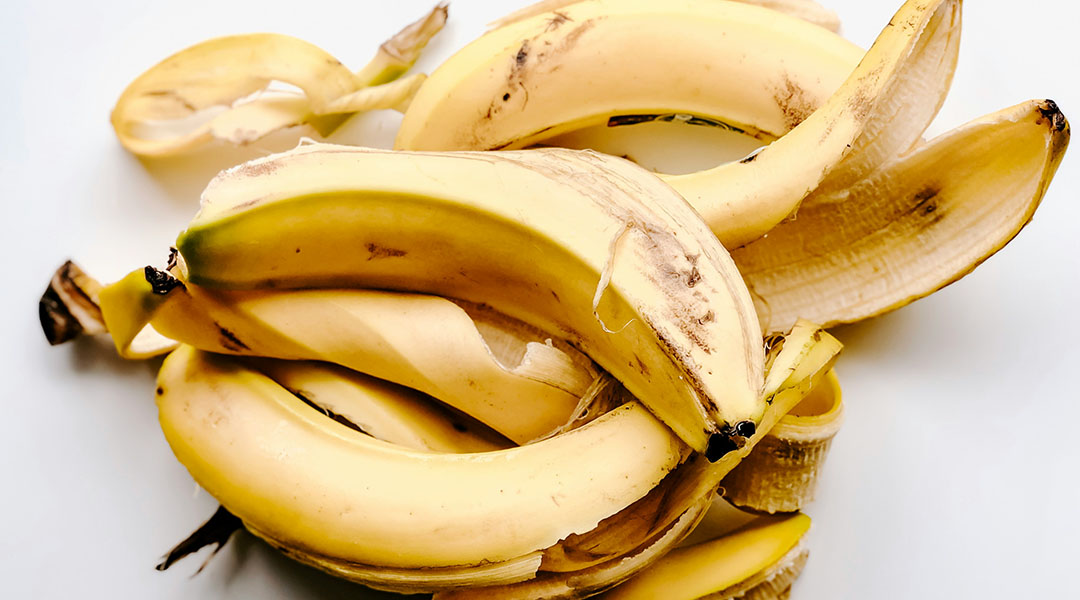
Turning banana peels and coconuts into clean energy
Researchers develop a device that generates clean energy from food waste, using banana peels and coconuts to power communities sustainably.
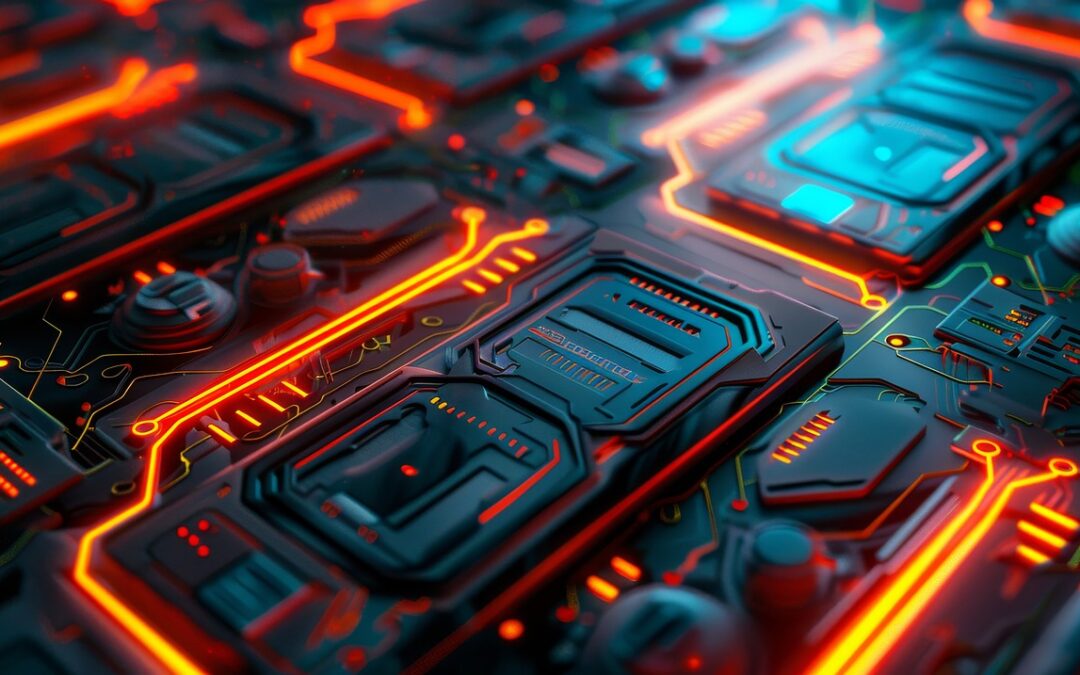
What would it take to make quantum memristors a reality?
Machine learning unveils the ideal structure of a quantum memristor, which could one day surpass current computing systems.

A bacteria-killing virus may be the solution to antibacterial surfaces
Harnessing bacteriophages’ natural prowess, scientists crafted an antibacterial material for use in medicine and the food industry.
ASN Weekly
Sign up for our weekly newsletter and receive the latest science news directly to your inbox.
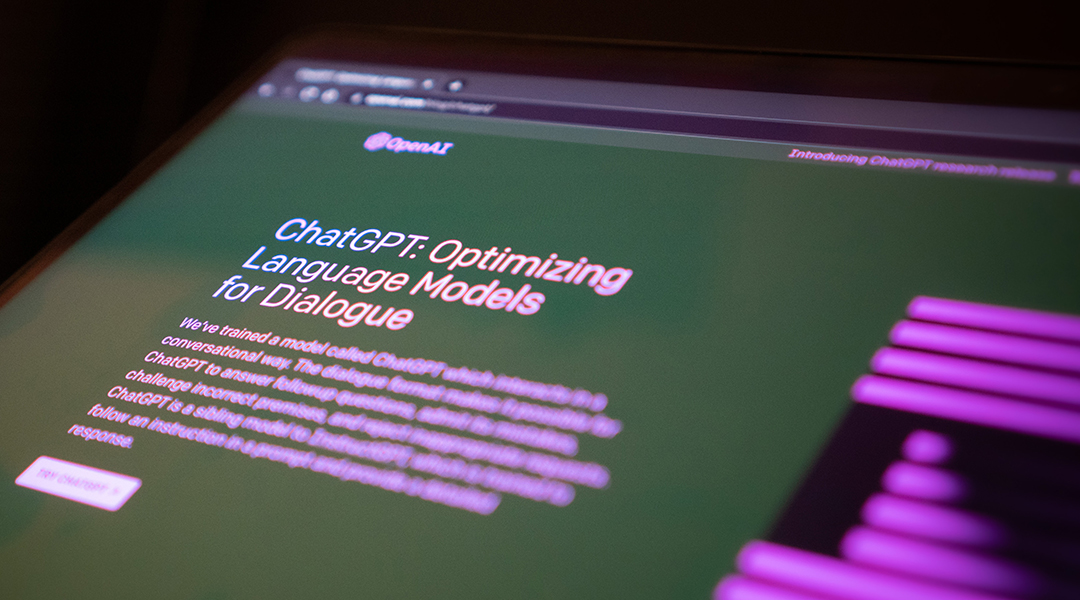
ChatGPT is making waves in the scientific literature
Crediting ChatGPT as an author on scientific papers has sparked debate around the role it should play in the scientific literature.
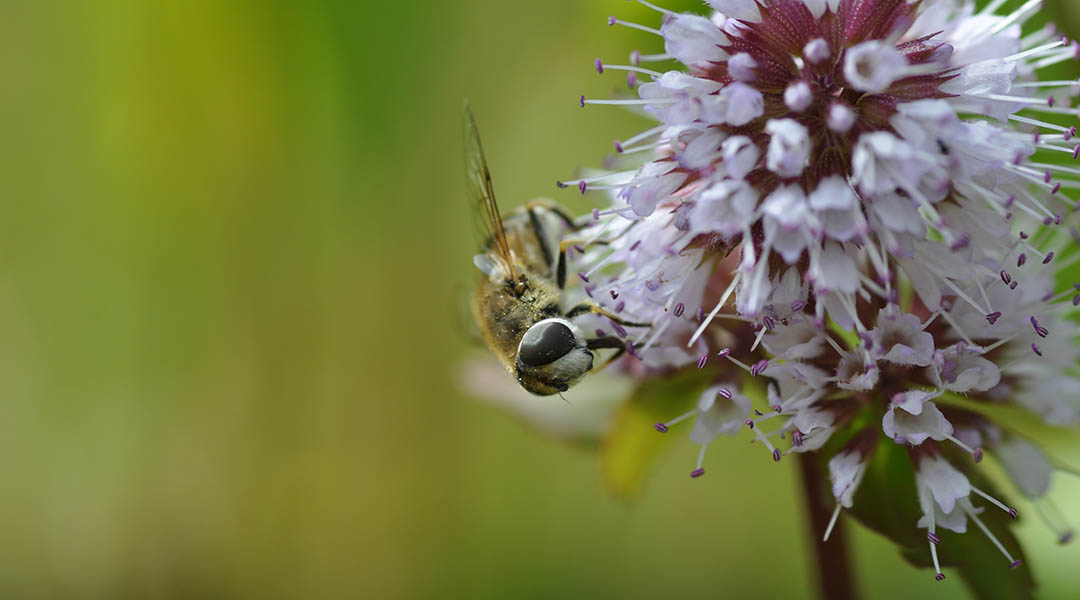
Century-long decline of pollinators in northern regions
Data collected over the last 100 years in northern Finland demonstrates drastic changes pollinator species linked to climate change.

Scaling up renewable green energy using photocatalysis
Splitting water with light via photocatalysis to create hydrogen could help reach net zero emission goals if the process can be scaled up.
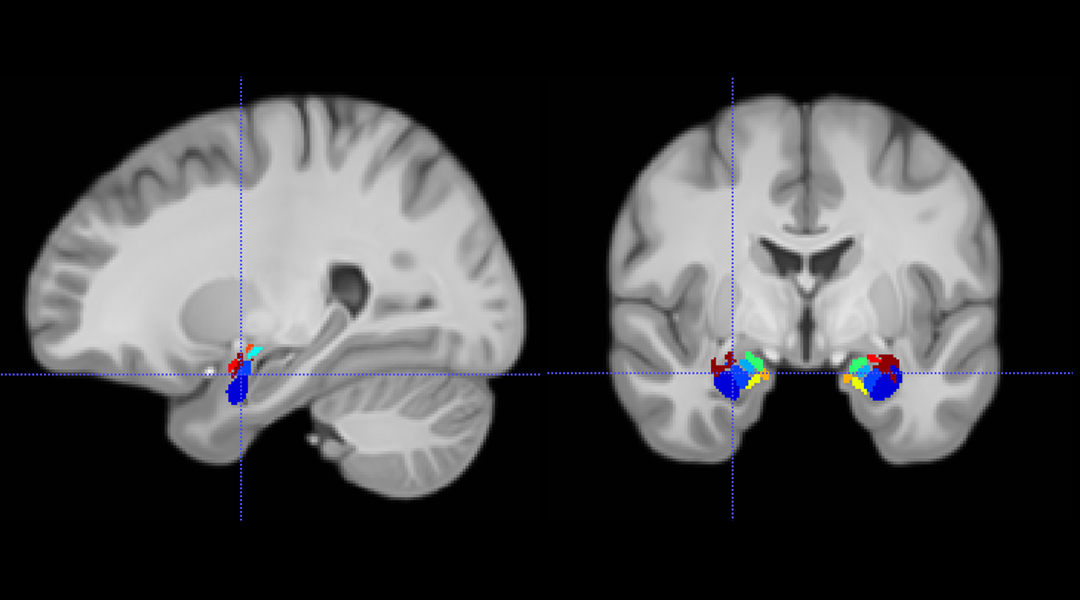
Why do our brains prioritize emotional memory?
Understanding how our brain regulates emotional memory could help treat disorders such as depression or PTSD.
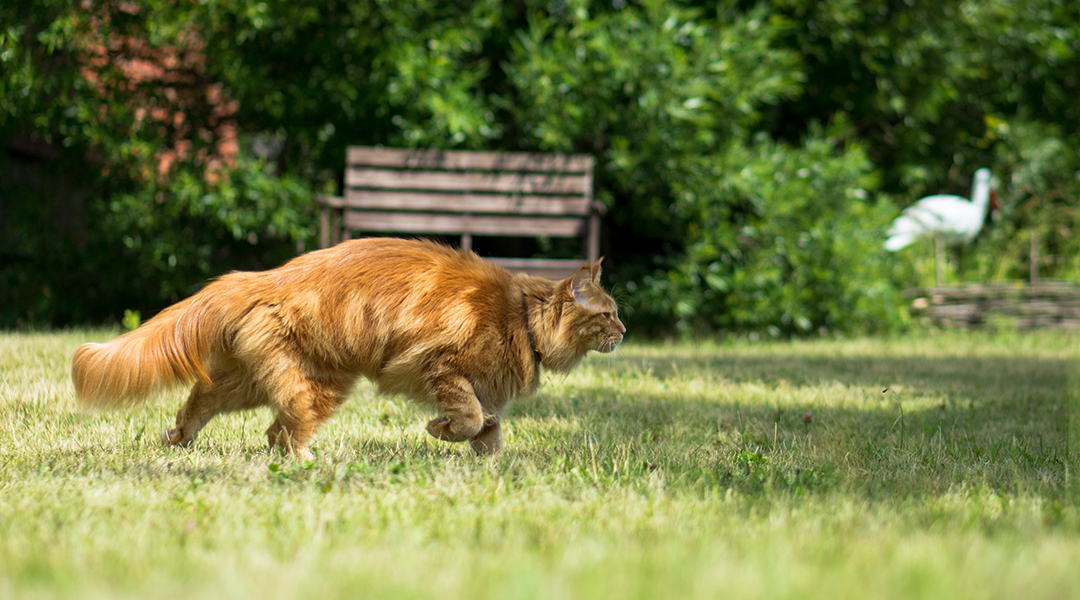
The confident killer: Why some cats hunt more than others
Cat personality has been linked to hunting behavior, and understanding which breeds are more prone could help minimize impact on wildlife.

Scientists observe the elusive demon particle for the first time
First predicted in 1956, scientists have stumbled upon a massless, neutral particle that does not interact with light, colloquially named the “demon particle”.
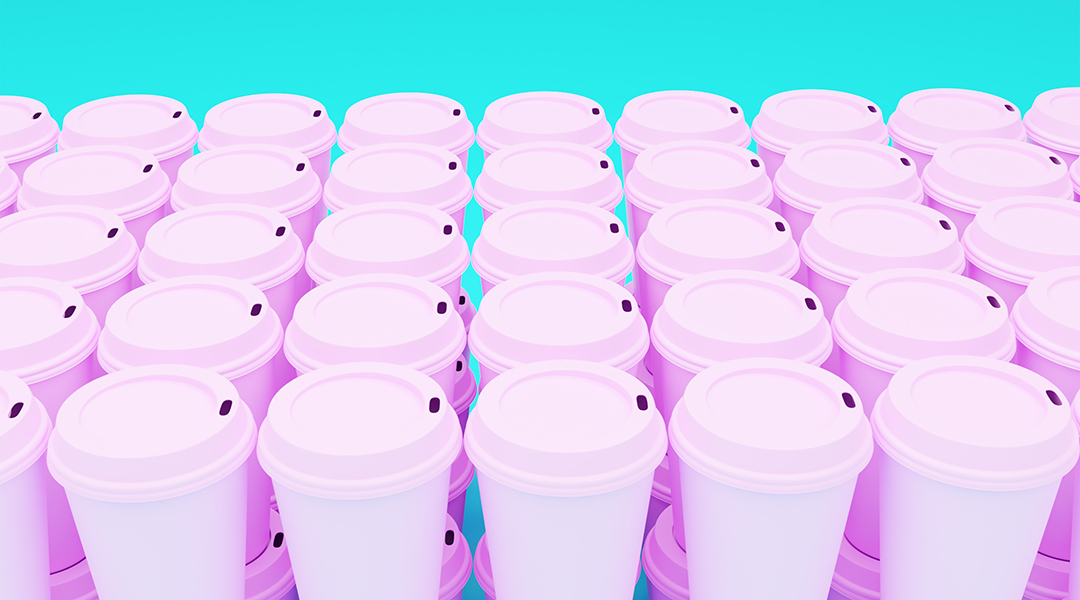
How extreme exposure to a common plasticizer might be affecting male fertility
Using mouse embryos, scientists explore the impact of high exposure to a common plasticizer on male fertility, but caution: the dose makes the poison.
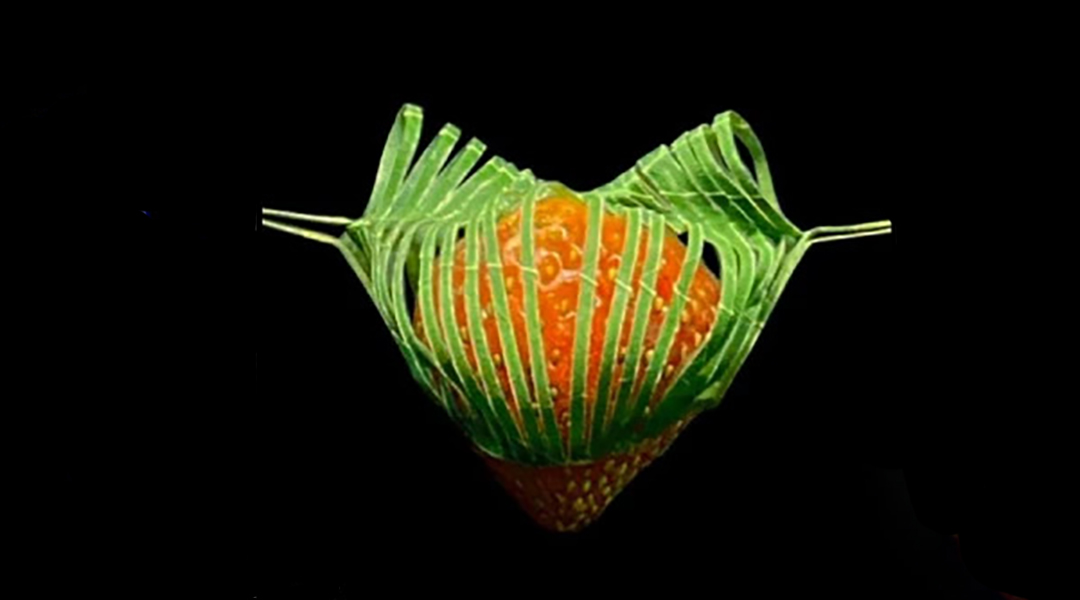
Kirigami-inspired gripper handles drops of water
A kirigami-inspired gripper that can pick up water droplets, microfibers 40 times thinner than a human hair, and objects 16,000 times its own weight.
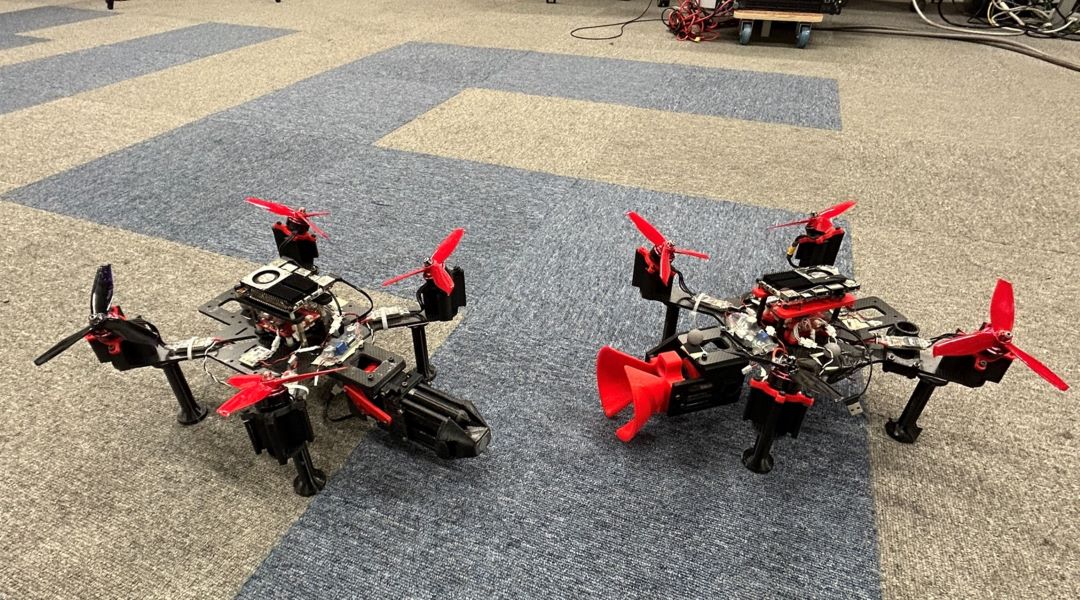
Up in the air: Modular robots assemble mid-flight
It may sound like something straight out of an anime, but TRADY is a rotor-based flying robot that can combine to boost its strength and capabilities.
No Results Found
The page you requested could not be found. Try refining your search, or use the navigation above to locate the post.
No Results Found
The page you requested could not be found. Try refining your search, or use the navigation above to locate the post.
No Results Found
The page you requested could not be found. Try refining your search, or use the navigation above to locate the post.
No Results Found
The page you requested could not be found. Try refining your search, or use the navigation above to locate the post.
No Results Found
The page you requested could not be found. Try refining your search, or use the navigation above to locate the post.

New study reveals surprising impact of screen time on the developing brain
Researchers have found a trade-off with screen time and the cognition, behavior, and brains volume of adolescent and young children.
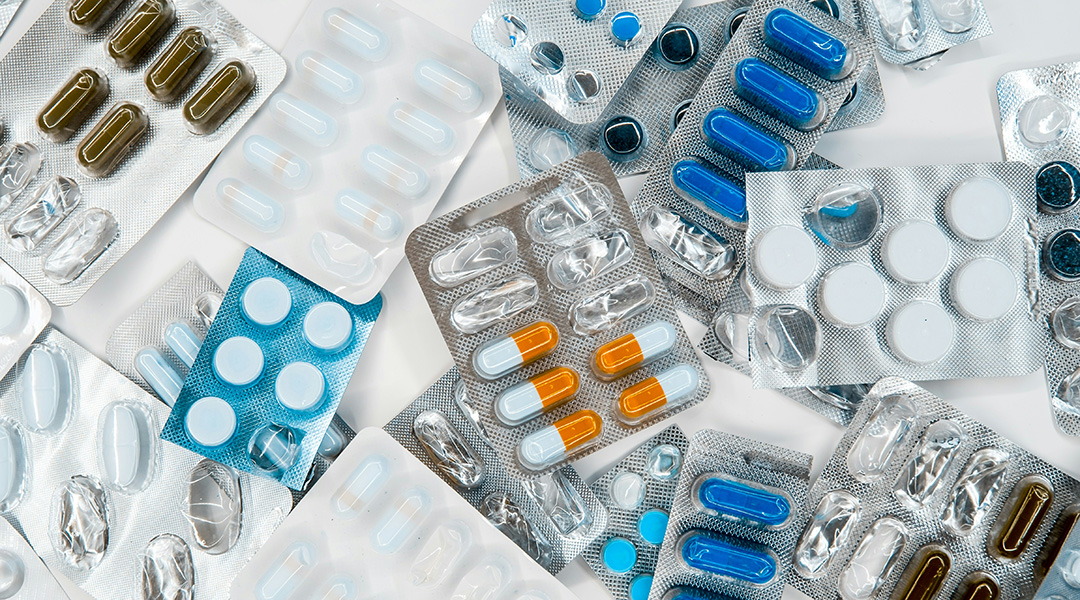
Antimicrobial resistance is an unwinnable arms race
Experts argue a new approach is needed so that we are less reliant on antimicrobial drugs, where less use means less resistance.

How high blood pressure turns healthy cells into “foam cells”
High blood pressure can rapidly transform healthy arterial cells into inflammation-prone “foam cells” that pose an increased risk of cardiovascular-related issues.
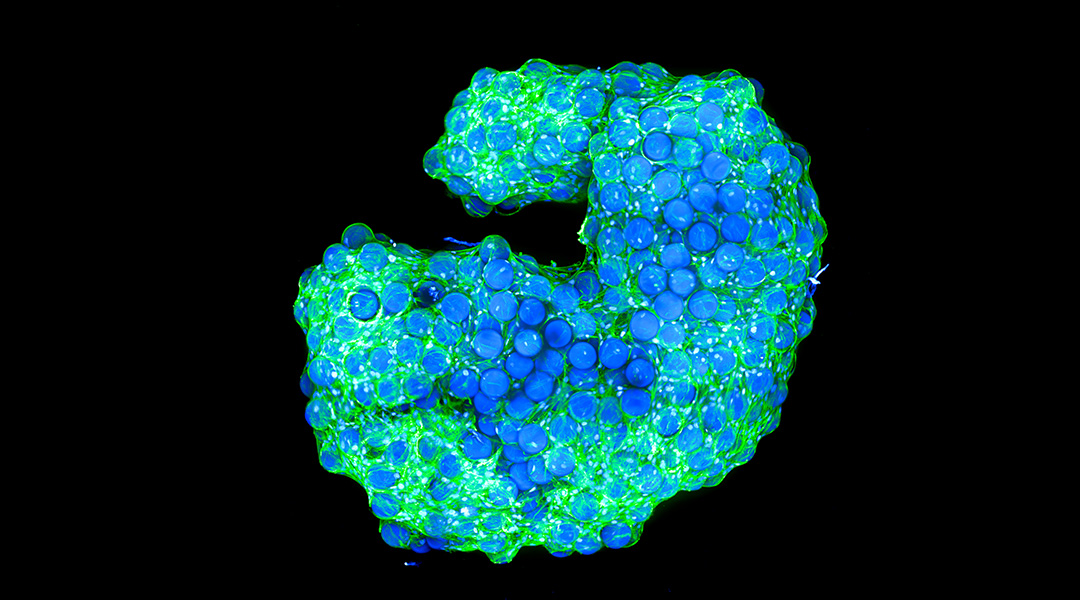
Cellular architects “build their own houses”
Scientists have created biological structures that when left alone, self-assemble into materials that resemble living tissue.

Harnessing entanglement and curved spacetime to make quantum radar a reality
Scientists investigate the synergy of entanglement and curved spacetime in advancing quantum radar technology for precise distance measurement.

Bringing aqueous rechargeable zinc iodine batteries to the mainstream energy market
New research aims to improve the stability and safety of alternatives to rechargeable lithium-ion batteries using aqueous zinc and hydrogels.

What will it take to make sodium and potassium batteries viable alternatives to lithium?
Scientists explore the challenges facing alternatives to lithium-ion batteries and suggests a roadmap to overcome these obstacles.
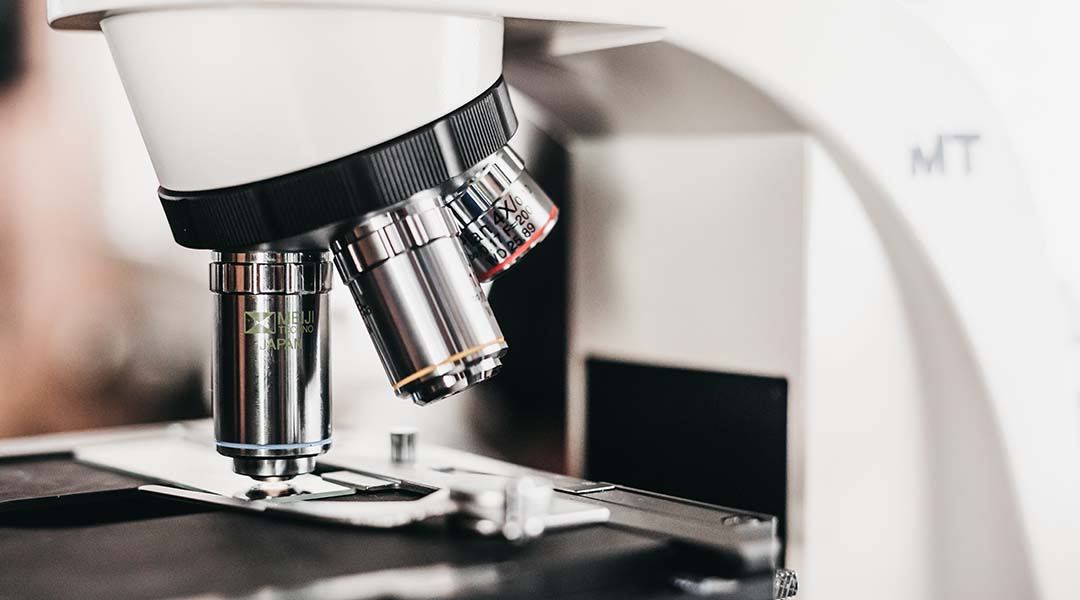
A simple tweak supercharges microscopes and allows pathogen observation
A modification to conventional microscopes pushes the limits of their resolution and enables high-precision observation of difficult-to-observe pathogens.
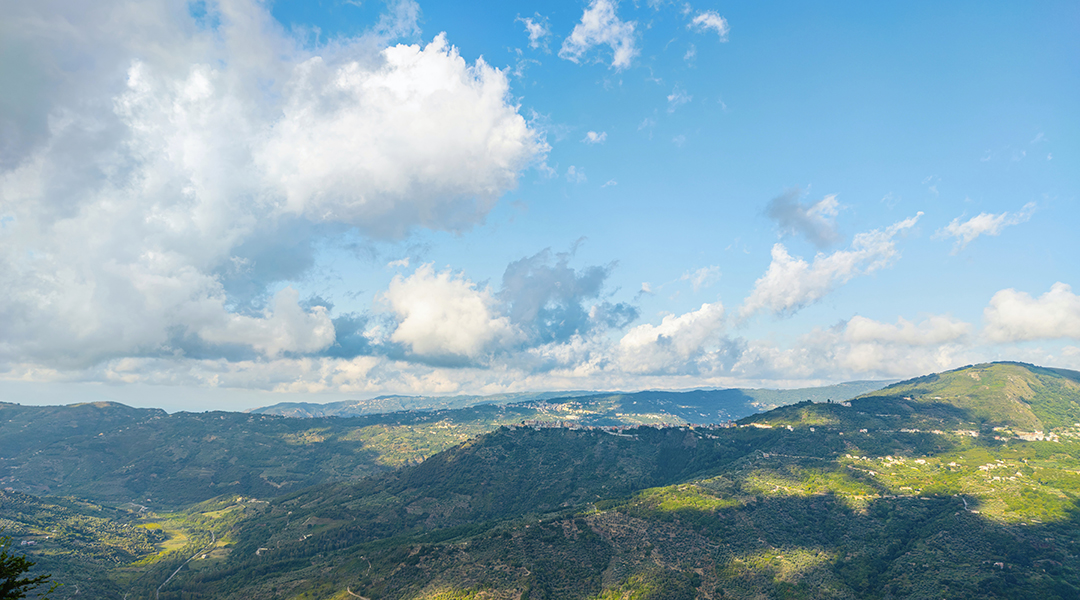
Earth Day 2023: How do we invest in our planet?
A list of articles showcasing innovative individuals and technologies working to build a sustainable economy that protects our planet.
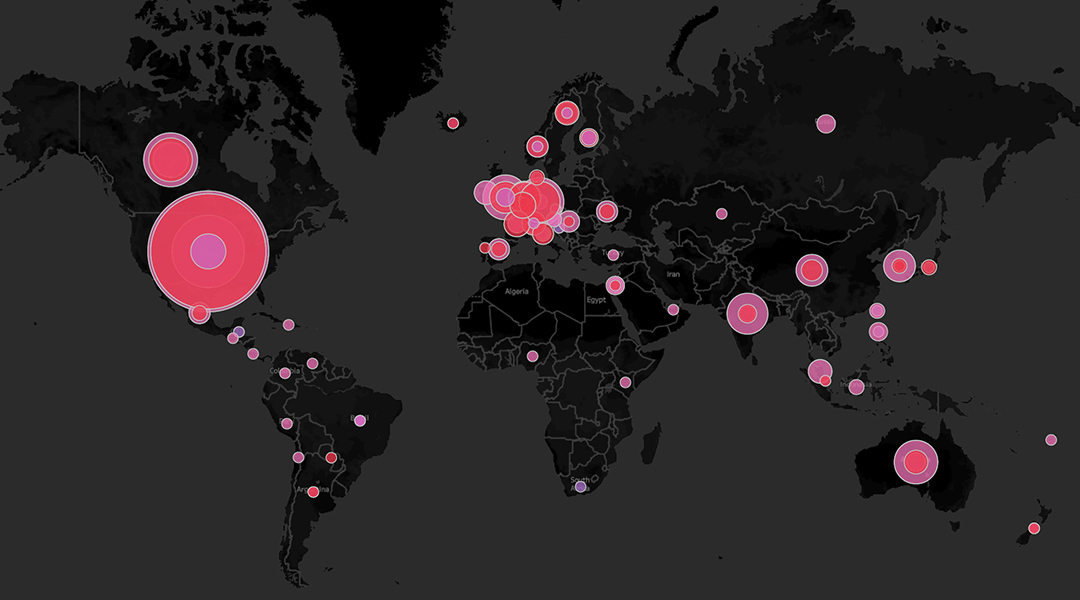
Circling a circular carbon economy
The circular carbon economy is still in its infancy, and realizing it will require innovative processes for capturing and utilizing carbon.
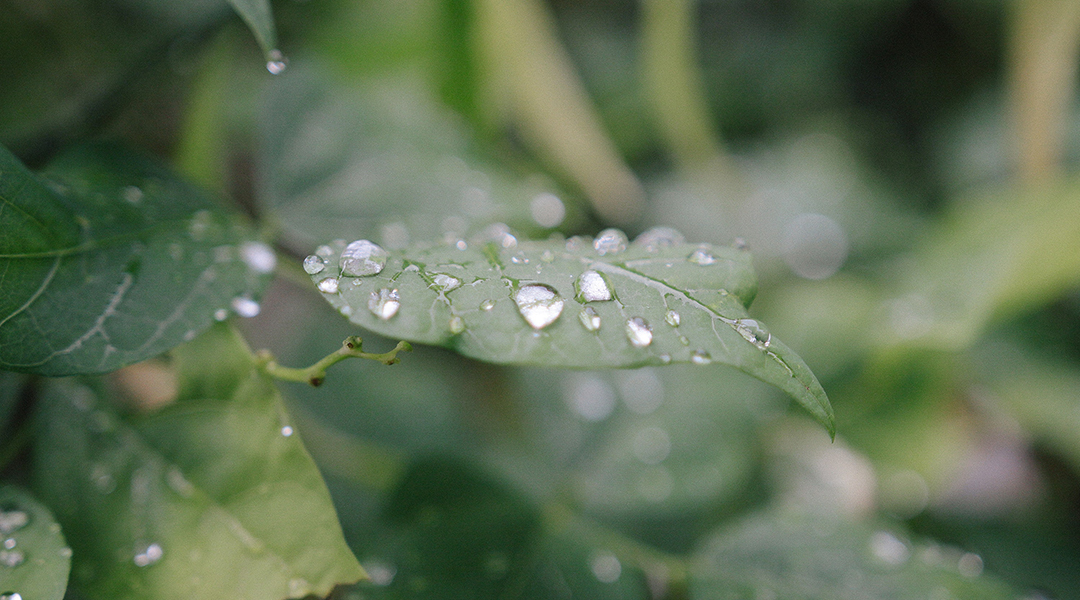
Artificial leaf sensor could revolutionize crop management
By accurately detecting moisture levels, this artificial leaf sensor could help increase crop yields while reducing the need for pesticides.
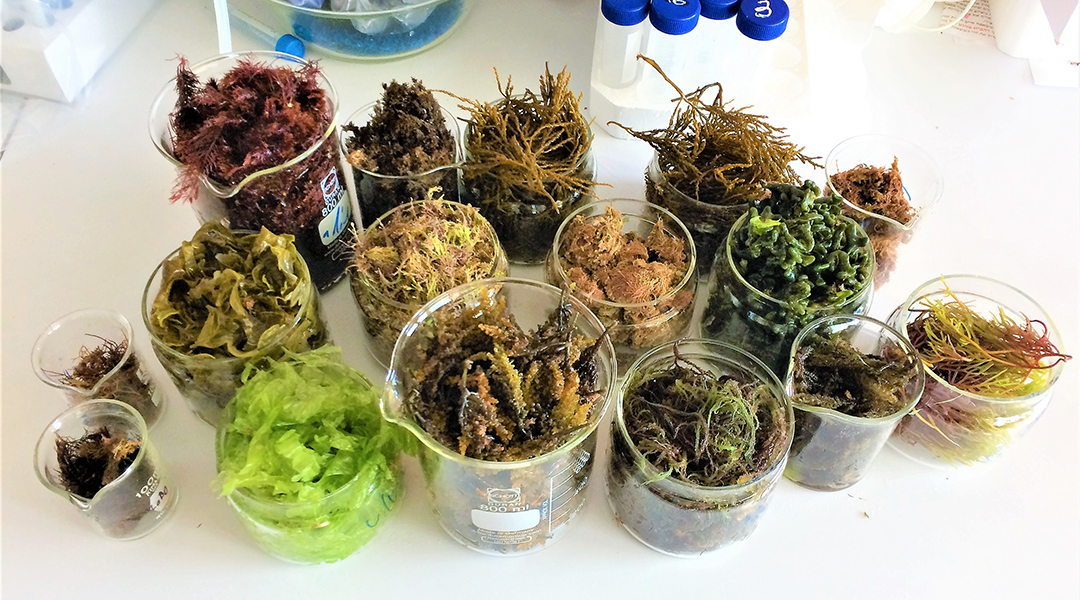
Super seaweed from sustainable aquaculture
A new cultivation method enhances the concentration of valuable compounds in seaweeds with substantial environmental benefits.

An isolated blob unveils secrets of turbulence
Turbulence is hard to control, but a turbulent blob created using vortex rings provides fundamental insights into this elusive state of matter.

Are dark photons alternatives to dark matter?
Researchers investigate dark photons as alternatives to dark matter, aiming to detect these particles through experiments involving the conversion of light.

New theory of gravity rethinks the Big Bang
A new approach to understanding gravity helps eliminate some discrepancies inherent in general relativity.
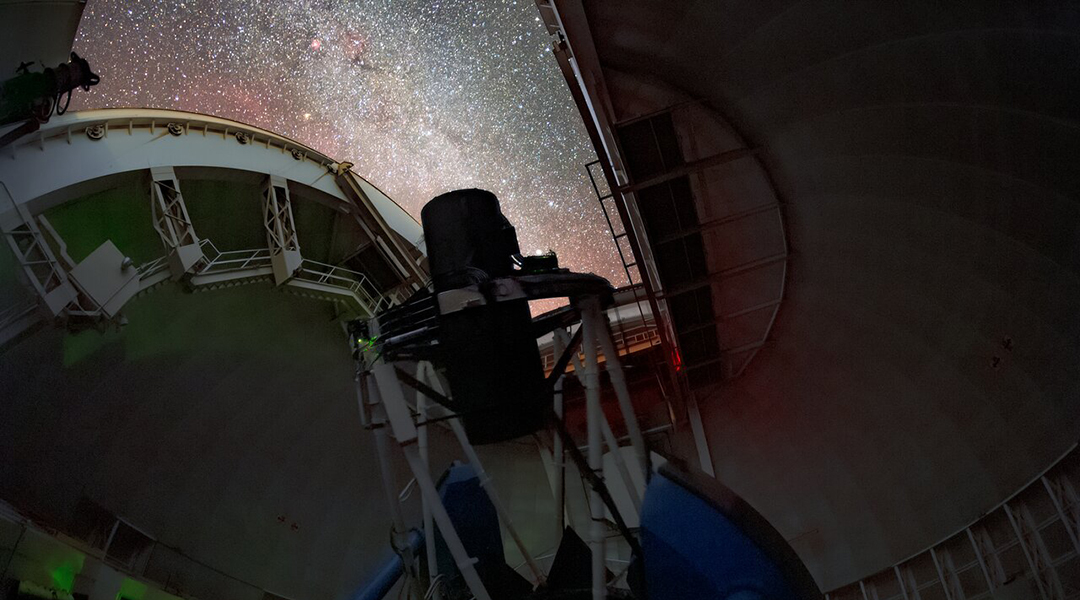
Dark energy telescope reveals early look at almost two million cosmic objects
Galaxies, quasars, and stars… oh my! Dark Energy Spectroscopic Instrument (DESI) first data is a small fraction of the huge cosmic survey it will conduct.



